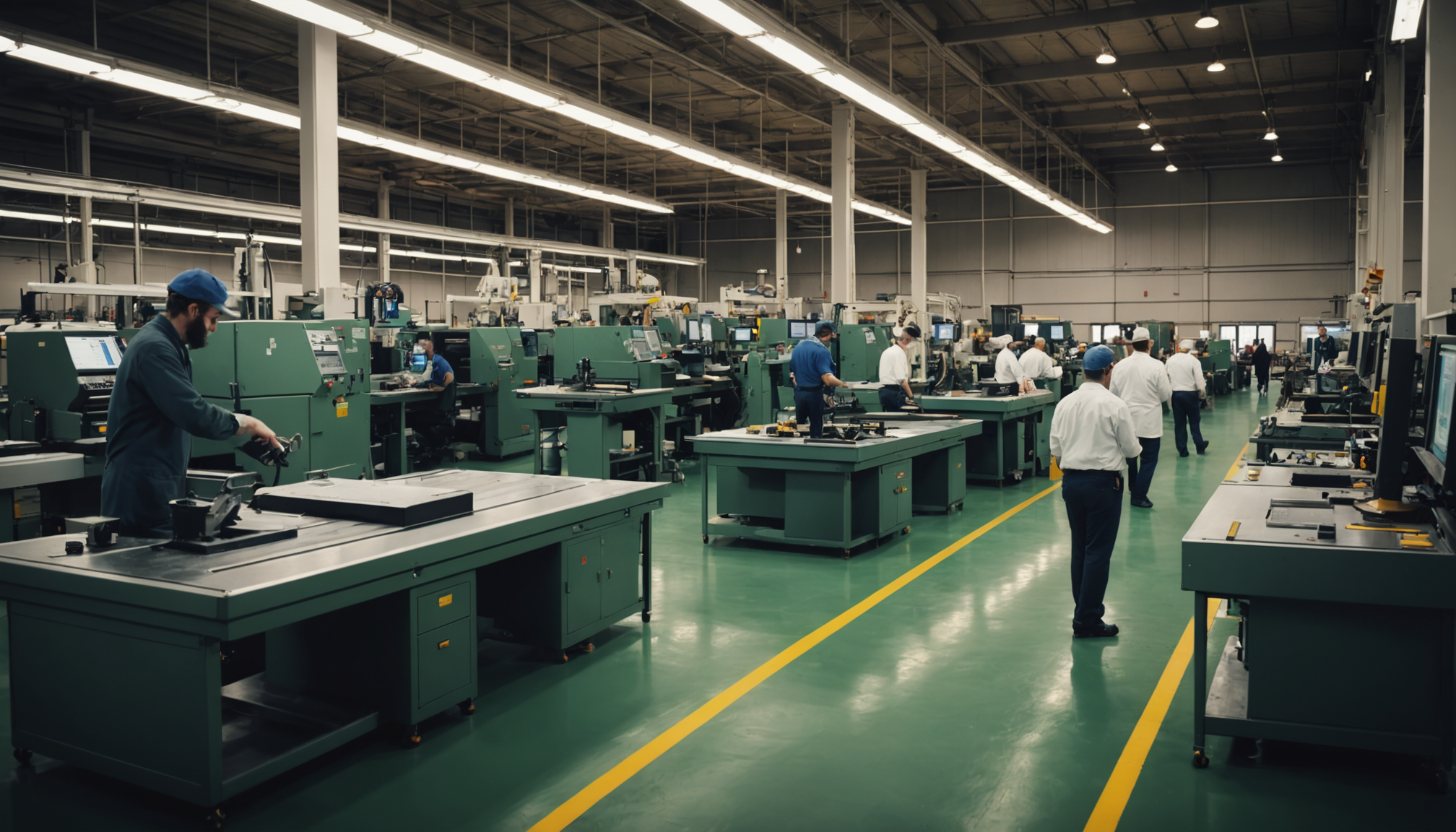
ACS Manufacturing Expansion in Utah: A Strategic Move Aligned with Sustainable Development Goals
Overview of the Expansion
The Utah Governor’s Office of Economic Opportunity has granted a post-performance tax reduction to ACS Manufacturing in support of its expansion in Davis County. This initiative is expected to generate 223 new jobs and involve an investment of $31.5 million over the next decade.
Company Profile and Operations
ACS Manufacturing specializes in producing structural enclosures for mission-critical backup power systems, which are essential for data centers, hospitals, and utility campuses. The company undertakes complex structural, electrical, and manufacturing tasks to design, build, test, and commission these enclosures and related power generation products.
Strategic Importance and Business Environment
According to ACS CEO Dan Knox, the rapid increase in demand for their products necessitates expanding manufacturing operations in Utah. The state offers a strategic advantage due to:
- Proximity to key customers
- Access to a highly skilled labor pool
- A unique and compelling business environment
Alignment with Sustainable Development Goals (SDGs)
This expansion aligns with several United Nations Sustainable Development Goals, including:
- SDG 8: Decent Work and Economic Growth
- Creation of 223 new jobs promotes sustained, inclusive economic growth and productive employment.
- SDG 9: Industry, Innovation, and Infrastructure
- Investment in advanced manufacturing infrastructure supports innovation and industrial development.
- SDG 11: Sustainable Cities and Communities
- Production of backup power systems enhances the resilience of critical infrastructure in urban areas such as hospitals and data centers.
- SDG 17: Partnerships for the Goals
- The collaboration between ACS Manufacturing and the Utah Governor’s Office exemplifies effective public-private partnerships to foster sustainable economic development.
Economic Incentives Supporting Sustainable Growth
The corporate incentive awarded to ACS Manufacturing is part of Utah’s Economic Development Tax Increment Financing (EDTIF) program, which aims to stimulate economic growth while promoting sustainable business practices.
1. Sustainable Development Goals (SDGs) Addressed or Connected
- SDG 8: Decent Work and Economic Growth
- The article discusses job creation (223 jobs) and investment ($31.5 million), which relate to promoting sustained economic growth and productive employment.
- SDG 9: Industry, Innovation, and Infrastructure
- ACS Manufacturing’s expansion in manufacturing structural enclosures for critical power systems supports industrial innovation and infrastructure development.
- SDG 7: Affordable and Clean Energy
- The company manufactures enclosures for backup power systems used in data centers, hospitals, and utility campuses, contributing to reliable and sustainable energy infrastructure.
2. Specific Targets Under Those SDGs
- SDG 8 Targets
- Target 8.2: Achieve higher levels of economic productivity through diversification, technological upgrading, and innovation.
- Target 8.5: Achieve full and productive employment and decent work for all.
- SDG 9 Targets
- Target 9.2: Promote inclusive and sustainable industrialization and, by 2030, raise significantly the industry’s share of employment and gross domestic product.
- Target 9.4: Upgrade infrastructure and retrofit industries to make them sustainable, with increased resource-use efficiency.
- SDG 7 Targets
- Target 7.1: Ensure universal access to affordable, reliable, and modern energy services.
- Target 7.2: Increase substantially the share of renewable energy in the global energy mix.
3. Indicators Mentioned or Implied to Measure Progress
- For SDG 8
- Number of jobs created (223 jobs projected) – relates to Indicator 8.5.2 (Unemployment rate, by sex, age and persons with disabilities).
- Investment amount ($31.5 million) – relates to economic productivity and industrial growth.
- For SDG 9
- Number of manufacturing facilities expanded or established – relates to Indicator 9.2.1 (Manufacturing value added as a proportion of GDP and per capita).
- Technological innovation in manufacturing processes – implied progress toward sustainable industrialization.
- For SDG 7
- Production of backup power system enclosures for critical infrastructure – relates to Indicator 7.1.1 (Proportion of population with access to electricity) and 7.2.1 (Renewable energy share in the total final energy consumption), though the article implies reliability and sustainability rather than renewable energy specifically.
4. Table of SDGs, Targets, and Indicators
| SDGs | Targets | Indicators |
|---|---|---|
| SDG 8: Decent Work and Economic Growth |
|
|
| SDG 9: Industry, Innovation, and Infrastructure |
|
|
| SDG 7: Affordable and Clean Energy |
|
|
Source: manufacturing.net





